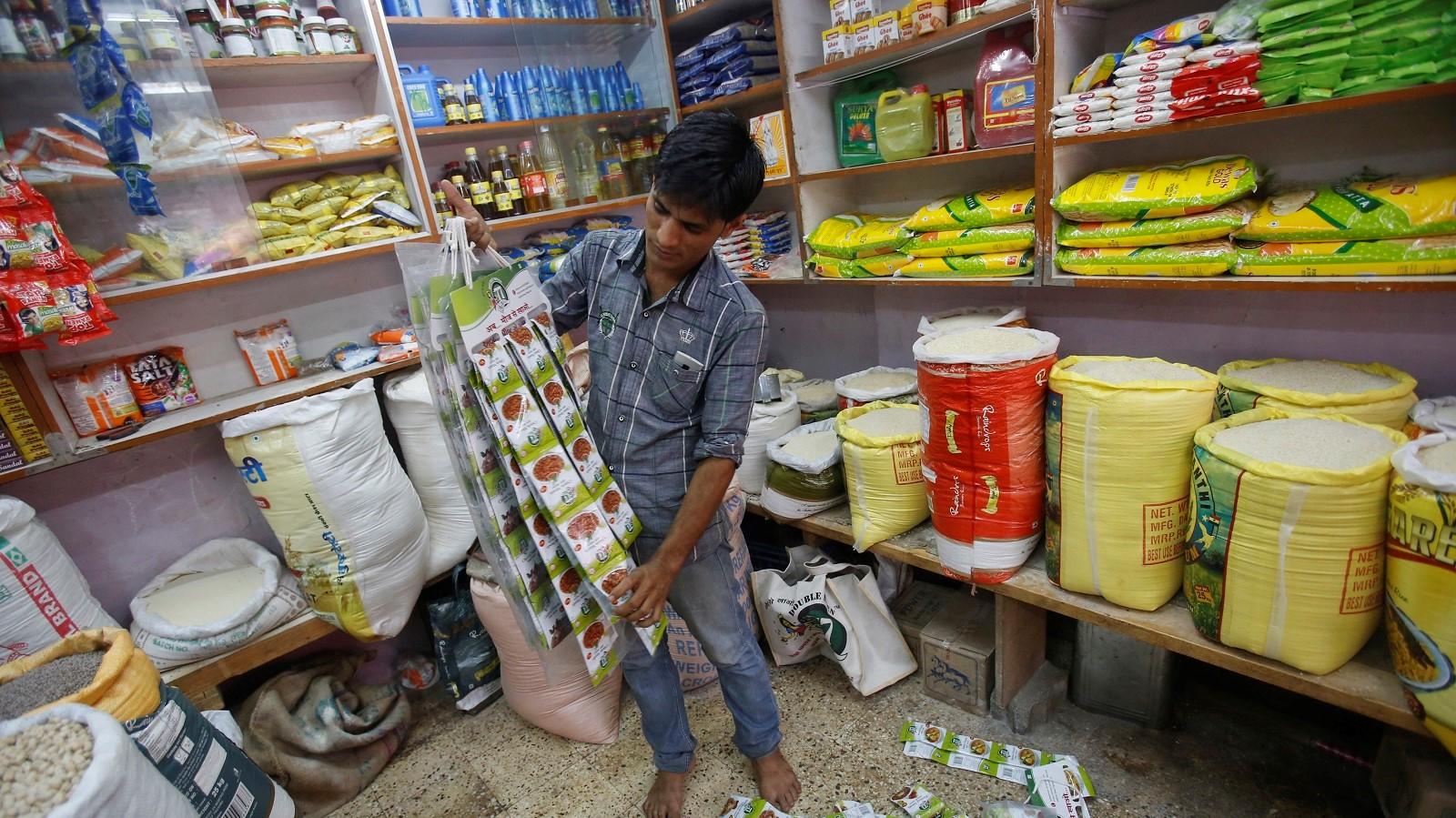Consumer goods firms are battling India’s rural slump by cutting pack sizes and prices
India’s fast moving consumer goods (FMCG) firms are fighting hard to soften the blow from a slump in rural consumption.


India’s fast moving consumer goods (FMCG) firms are fighting hard to soften the blow from a slump in rural consumption.
Sales growth in the country’s rural markets is at a seven-year low, and has also fallen behind urban demand, as consumers in the hinterland tighten their purse strings due to falling household incomes.
The sluggish demand from rural India, which accounts for 36% of overall FMCG sales, is a major worry for the industry and companies are resorting to price cuts, smaller product packs, and promotions in the hope that it will shore up demand.
Crisis management
Market leader Hindustan Unilever Limited (HUL), has undertaken several rounds of price cuts across product categories. In October, the firm slashed prices of its home and personal care products to the tune of 10-12%, according to various reports.
In July, too, it had cut prices of its soap brands—Lux, Lifebuoy, Dove—by 4-6%. “We are in a position to actually take down the pricing, give the right value equation to the consumer and drive growth,” Sanjiv Mehta, chairman, CEO and MD, HUL, had said at the time.
Not everyone, though, is resorting to price cuts.
Mumbai-based Marico, which has a portfolio of over 25 brands across hair care, skin care, and edible oils, is increasing its advertising spends (pdf) to fight the slump. In the September quarter, expenditure on advertising stood at 10.8% of overall sales, up 119 basis points from the same period a year ago. (One basis point is one-hundredth of a percentage point.)
The company now plans to “invest in capability and brand building,” Saugata Gupta, managing director and CEO at Marico, said while announcing the company’s September quarter results on Oct. 25.
In the period, Marico’s domestic volumes grew a meagre 1% year-on-year. More worryingly, sales of its popular Parachute rigids (oil packs in blue bottles, which account for a third of Marico’s overall sales) was down 1% from a year ago.
Experts see merit in the advertising push.
“Higher advertising spends could help FMCG players increase visibility (of their brands) and persuade consumer purchases. They can also roll out more discounts and promotional offers in the short-term to induce consumption,” said Vahishta M. Unwalla, research analyst at Mumbai-based Care Ratings.
Better reach, smaller packs
Another prong in the FMCG sector’s strategy is to widen distribution reach.
“Distribution remains a challenge due to insufficient infrastructure—roads, electricity, power—in rural India . FMCG players need to improve access and distribution to rural markets, ensuring last-mile delivery of products,” Madan Sabnavis, chief economist at Care Ratings told Quartz.
Kolkata-based Emami Group, makers of the popular Zandu Balm and BoroPlus antiseptic cream, is trying to plug this gap.
“We are running vans, carrying our products, across villages and reaching out to local outlets,” said Mohan Goenka, director, Emami.
The company is also introducing smaller product pack sizes. “We are trying to boost consumer demand by ensuring that the right stock keeping units (SKUs—industry speak for packets or bottles), at low prices, are well distributed in rural markets,” added Goenka.
Experts approve of the strategy. “FMCG firms can benefit by introducing smaller SKUs of popular brands. The move will help them arrest a slowdown in rural areas where buyers’ purchasing power is low,” said Mehak Tomer, CEO at Invest19.com, a Mumbai-based stock investment and wealth-building platform.
Turning crisis into opportunity
These strategies may ultimately benefit the companies in the long run.
“A short-term slowdown may be an opportunity for FMCG players to reduce inefficiencies and restructure with more tech-enabled solutions,” said Anthony D’Souza, of Ipsos India.
The slowdown is also a reminder to not take the rural markets for granted. ”Despite rural markets being a focus area for FMCG companies, they end up innovating more for urban buyers in search of higher margins,” said Tomer of Invest19.com. “In doing so, players are deviating from targeting untapped rural markets. Transitioning back to market segmentation on the basis of target groups (rural and urban buyers) can prove helpful,” she added.
The FMCG industry, then, may end up emerging stronger from the current slowdown.